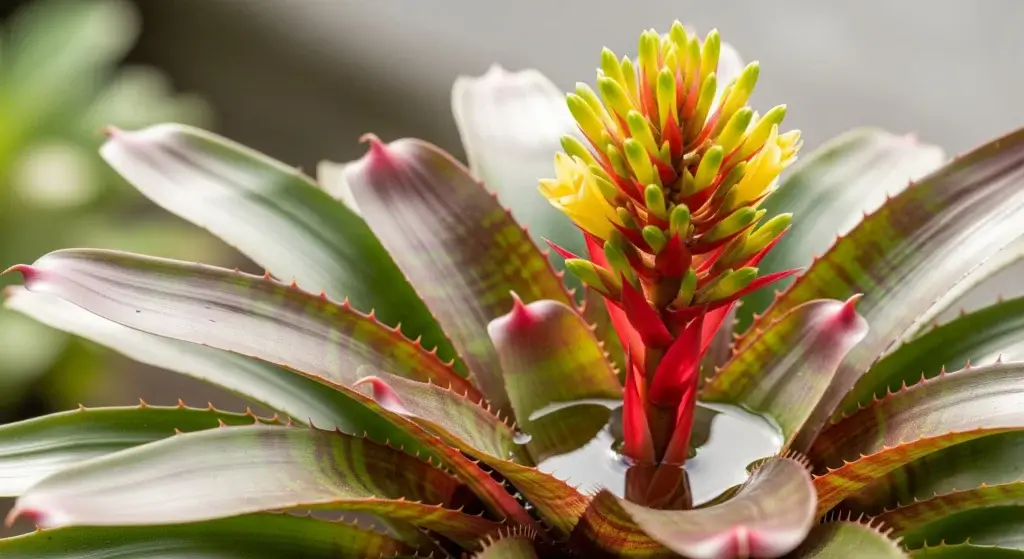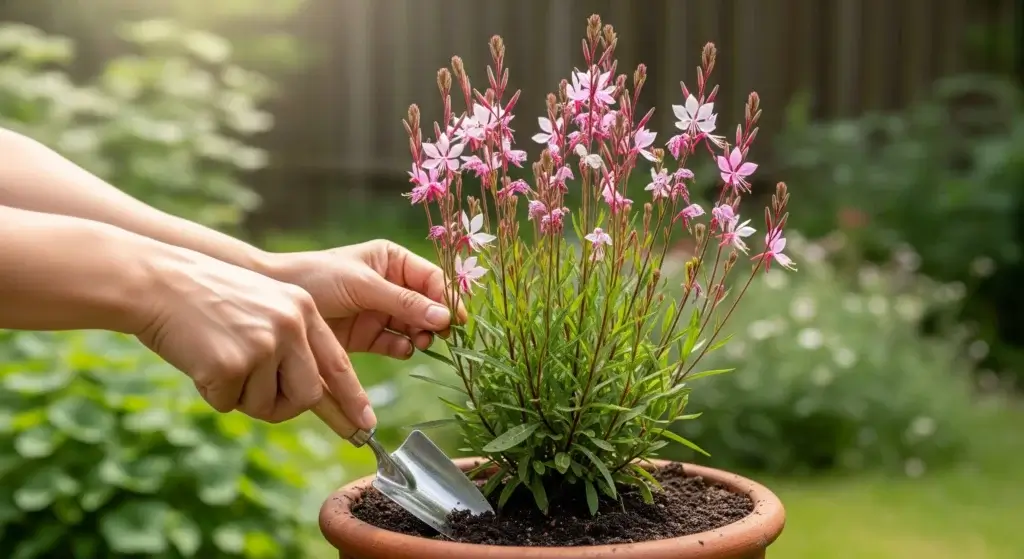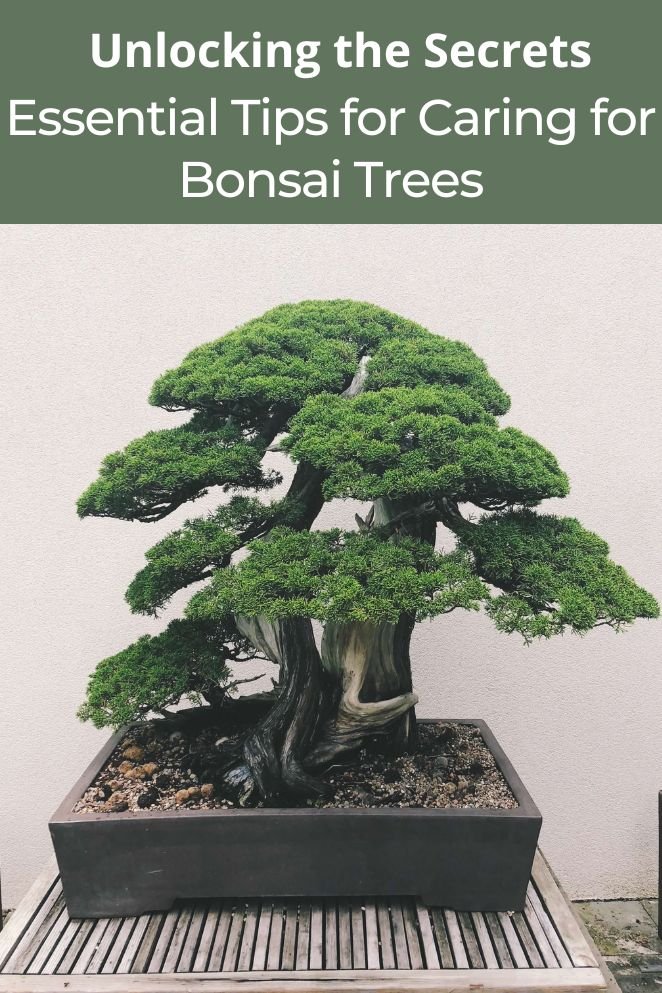
Bonsai trees have captivated the hearts of many with their delicate beauty and intricate designs.
However, caring for these miniature marvels requires dedication, patience, and a deep understanding of their unique needs.
In this article, we’ll delve into the world of bonsai care, exploring the essential factors to consider when selecting a bonsai, common problems that may arise, and the techniques necessary to maintain the health and beauty of your bonsai.
Different Types of Bonsai Trees Suitable for Beginners
For those new to the world of bonsai, selecting the right tree can be overwhelming.
Here are three popular species that are perfect for beginners:
Ficus
Ficus bonsai trees stand out for their adaptability, making them an excellent choice for beginners.
They thrive in indoor conditions and are known to require minimal maintenance.
Ficus trees can endure various lighting conditions, providing flexibility for growers as they learn the ropes of bonsai care.
- Read also: Comprehensive Care Tips Hawaiian Spider Plant Care
- Read also: Succulents Watering Tips: Watering for Healthy and Vibrant Plants
Chinese Elm
With their striking foliage and resilience to drought, Chinese elm bonsai trees are a top pick for newcomers to bonsai cultivation.
These trees demand moderate watering and can flourish in diverse lighting environments.
Their ability to adapt to different conditions offers beginners a forgiving learning experience.
Jade
Jade bonsai trees are celebrated for their low-maintenance needs and resilience to neglect, making them an attractive option for beginners.
Thriving in bright, indirect light and requiring infrequent watering, jade bonsai trees are ideal for individuals with busy schedules or those new to plant care.
Their forgiving nature provides beginners with confidence as they embark on their bonsai journey.
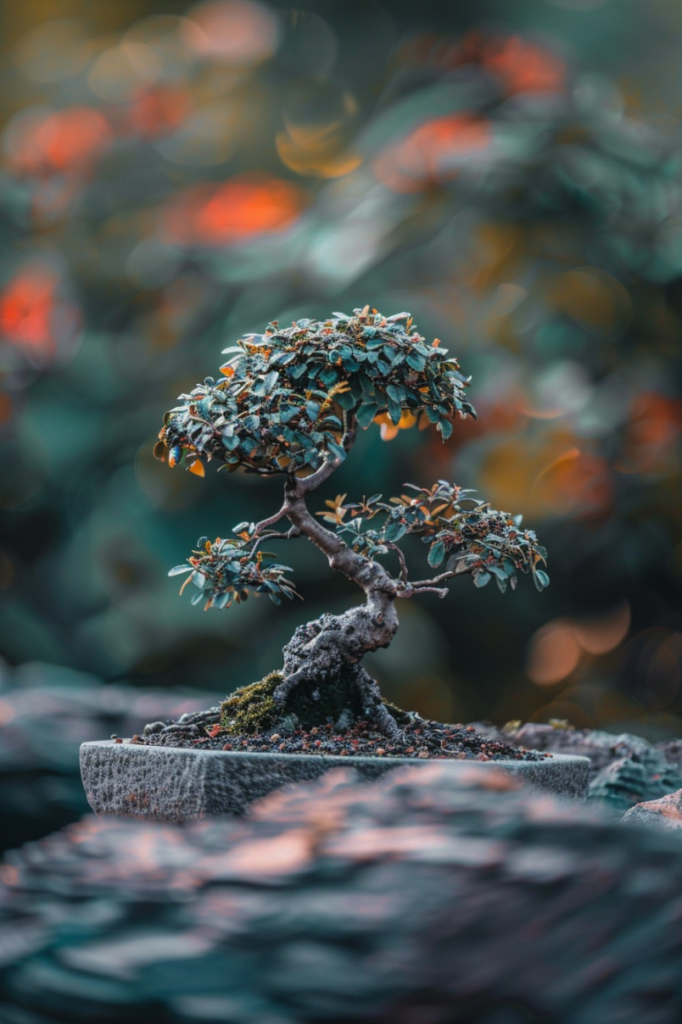
Factors to Consider When Selecting a Bonsai
Before bringing a bonsai tree home, consider the following factors to ensure you’re selecting the right tree for your needs:
Size
First things first, consider the size of the bonsai tree you’re eyeing.
Make sure it fits nicely in the space you have at home and that it’s suited to thrive in the environment you can provide.
Whether you’re thinking of a petite tabletop bonsai or a larger specimen, finding the right size ensures harmony between your bonsai and its surroundings.
Sunlight needs
Just like people, bonsai trees have their own preferences when it comes to sunlight.
Some species thrive in bright, direct sunlight, while others prefer a bit of shade.
Before you make your choice, think about the amount of sunlight available in your home and whether it matches the needs of the bonsai tree you’re considering.
This ensures your bonsai gets the light it needs to flourish.
Watering requirements
Different bonsai species have varying watering needs.
Some like it wet and require frequent watering, while others prefer to dry out a bit between waterings.
Understanding your chosen bonsai’s watering requirements is crucial to its health.
Overwatering can lead to root rot, while underwatering can cause dehydration and stress.
By knowing how much and how often to water your bonsai, you’ll help it thrive and grow beautifully.
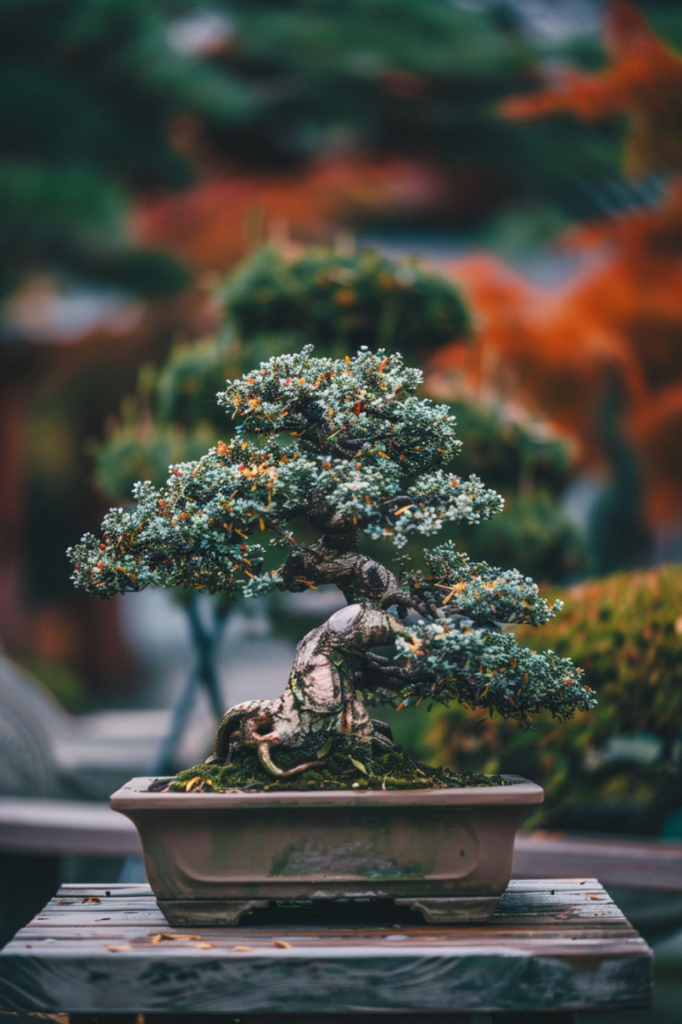
Common Bonsai Problems
Despite proper care, bonsai trees can still encounter issues. Here are some common problems and their solutions:
Pests
Keep an eye out for unwanted visitors like spider mites, mealybugs, or aphids by regularly inspecting your bonsai.
If you spot any pests, act quickly to prevent infestations.
Treat affected areas with insecticidal soap or neem oil, following the product’s instructions carefully to ensure effective pest control.
Diseases
Fungal infections can take hold if your bonsai’s environment is too damp or lacks proper air circulation.
To combat fungal issues, ensure your bonsai receives adequate airflow and avoid overwatering.
If a fungal infection does occur, apply a suitable fungicide to affected areas according to the product’s directions to halt its spread and protect your bonsai’s health.
Nutrient deficiencies
To keep your bonsai thriving, it needs a balanced diet of nutrients.
Regularly fertilize your bonsai with a balanced fertilizer to prevent nutrient deficiencies.
Follow the manufacturer’s recommendations for application to ensure your bonsai receives the right amount of nourishment it needs to flourish and maintain its vitality.
Essential Bonsai Care
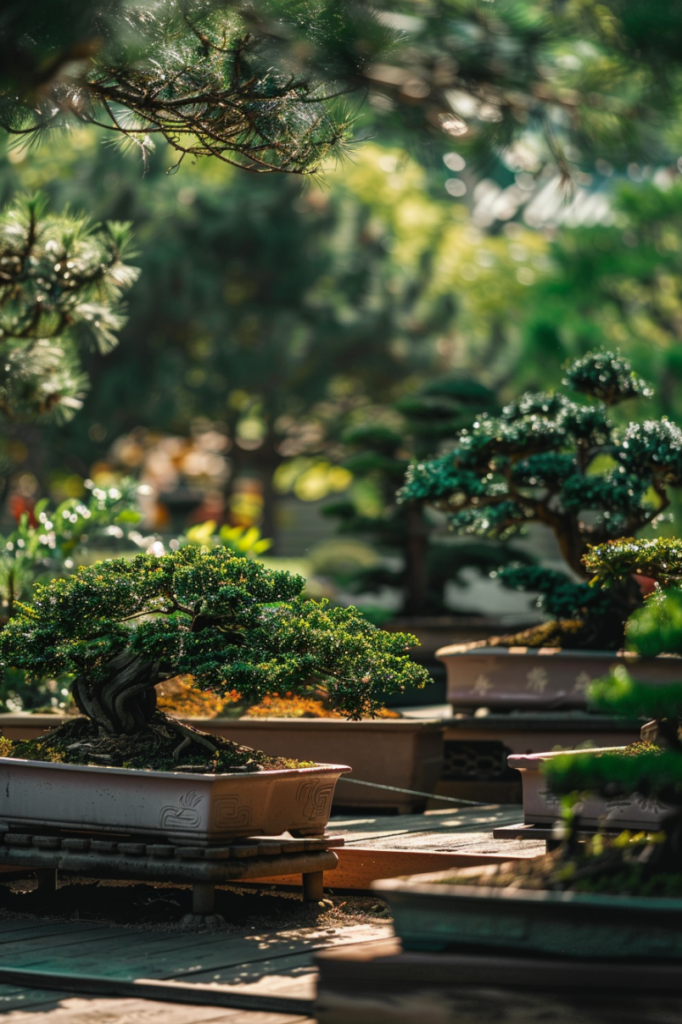
To keep your bonsai tree thriving, focus on the following essential care practices:
Light
Sunlight plays a vital role in the health of your bonsai tree.
Different species have varying sunlight needs, so it’s crucial to provide the right amount of light for optimal growth.
For instance, ficus bonsai trees thrive in bright, indirect light, while Chinese elm bonsai trees can handle full sun.
Adjust the placement of your bonsai accordingly to ensure it receives adequate sunlight.
Watering
Proper watering is essential for the well-being of your bonsai.
Avoid the pitfalls of overwatering and underwatering by checking the soil moisture regularly.
Feel the top inch of soil with your fingers – if it feels dry to the touch, it’s time to water.
Signs of underwatering include wilted leaves, while overwatering can lead to root rot.
Finding the right balance is key to maintaining a healthy bonsai.
Soil
Quality soil is crucial for the health of your bonsai tree.
Opt for well-draining bonsai soil to prevent waterlogged roots and promote healthy growth.
Repot your bonsai every 2-3 years to refresh the soil and provide room for root development.
If your bonsai has outgrown its pot, consider upgrading to a larger container to accommodate its growth.
Fertilizing
Give your bonsai tree a nutritional boost with a balanced fertilizer designed specifically for bonsai trees.
Fertilize your bonsai during the growing season, typically in spring and summer, to support vigorous growth.
Follow the manufacturer’s instructions for application frequency and dosage to avoid overfertilizing, which can harm your bonsai’s delicate roots.
Maintaining Bonsai Shape and Beauty
Pruning
Regular pruning is essential for shaping and controlling the size of your bonsai tree.
Perform pruning tasks during the dormant season, typically in winter, to minimize stress on the tree and encourage healthy growth.
By selectively removing branches and foliage, you can maintain the desired shape and proportions of your bonsai while promoting its overall health and vigor.
Wiring
For more precise shaping of branches, wiring is an optional technique commonly used by bonsai enthusiasts.
Select copper or aluminum wire and apply it gently to branches, taking care not to damage the tree.
Wiring allows you to bend and position branches to achieve your desired aesthetic without causing harm to the tree.
Positioning
Choosing the right location for your bonsai tree is crucial for its health and visual appeal.
Select a spot that offers optimal light exposure while complementing the tree’s size and shape.
Consider the aesthetics of the tree when placing it in its pot, ensuring that it enhances the overall design of your bonsai display.
By positioning your bonsai thoughtfully, you can showcase its beauty while providing it with the environmental conditions it needs to thrive.

- Read also: Thriving in Color: A Guide to Dracaena Colorama Care
- Read also: Comprehensive Guide: Mastering Dragon Wing Begonia Care
Conclusion
Caring for a bonsai tree requires dedication, patience, and a deep understanding of their unique needs.
By selecting the right tree, considering essential factors, and following proper care practices, you can maintain the health and beauty of your bonsai.
Remember to inspect your tree regularly for signs of pests, diseases, or nutrient deficiencies, and adjust your care routine accordingly.
With time and practice, you’ll become a bonsai expert, and your miniature masterpiece will thrive under your care.
FAQs
Popular species for beginners include ficus, Chinese elm, and jade.
Water your bonsai tree when the top inch of soil feels dry to the touch, avoiding overwatering or underwatering.
Consider factors such as size, sunlight needs, watering requirements, and the tree’s adaptability to indoor conditions.

